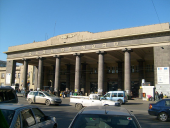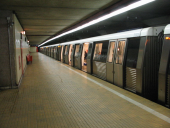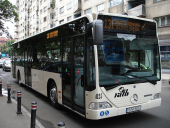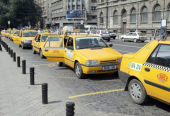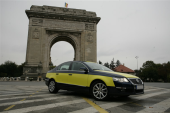
|
|
Parts of this text were copied from 
Conference Venue
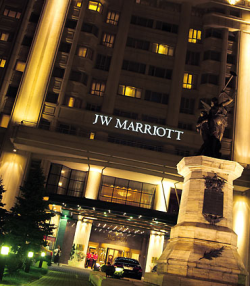
|
The conference in cooperation with the University Politehnica of Bucharest, (see map for its location) is organized at the |
How to reach Bucharest and the conference venue 
By Plane
When you arrive by plane in Bucharest it will be at either: Transportation between Henri Coanda International Airport and city centre:
By Taxi:
Currently the only taxi company licensed to pick-up passengers from the airport is Fly Taxi (telephone: 9411). Fly Taxi's fee per km for trips from the airport is about 3.30 Lei ($1.8/mile). By Bus: Express Bus 783 offers daily service to the city centre, with stops at Baneasa Airport, Piata Presei Libere, Piata Victoriei, Piata Romana, Piata Universitatii and Piata Unirii.The bus leaves from the international departures terminal every 15 minutes (every 30 minutes after 8:30pm and during weekends), from 5:30am until 11:00pm. The journey to downtown takes approximately 40 minutes. Fare is 7 Lei (about $2.5) for a round-trip ticket. |
Transportation between Henri Coanda International Airport and the main train station (Gara de Nord): Express Bus 780 offers daily service to the main train station (Gara de Nord) with stops at: Henri Coanda Airport - Baneasa Airport - Piata Presei Libere - Clabucet - Gara de Nord - Str. Fluviului. The bus runs every 30 minutes from 5:15 a.m. to 11:00 p.m. seven days a week. It leaves from the international arrivals terminal; the journey to the train station takes 40 minutes to 60 minutes. A roundtrip ticket costs (about $2.50) per trip. Note: You need to purchase a RATB ticket before boarding the bus (for sale at the 'RATB' ticket booth in the arrivals terminal; Open: Mon - Sun. 6:00 a.m. - 8:30 p.m. By Train Henri Coanda Express Trains offer daily service from Balotesti (0.5 miles from the airport) to the main train station (Gara de Nord) with one stop at Mogosoaia. Trains run hourly from 5:56 a.m. to 9:00 p.m.; the journey from the airport to the train station takes about one hour and 10 minutes. One-way ticket costs 6 Lei ($2.20). Transfer from Balotesti train station to the International Arrivals Terminal is included. Note: Tickets can be purchased at the CFR booth International Arrivals Terminal.
or at: Public transportation between Baneasa airport and city centre:
By Bus: |
By Train If you arrive by train then it will be at: |
Bucuresti North - main train station (Gara de Nord) |
By Underground The fastest way to travel within Bucharest is by subway. The subway (Metrou) is best for travel to longer distance and for getting to the city centre; trains operate - between 5:00am and 11:00pm. There are four subway (Metrou) lines (M1, M2, M3 and M4). Subway stations are indicated with the letter "M" (blue, on a white board). You can check your routes here on the METROREX website. |
Metro maps can be printed here or can be purchased in bookshops and newspaper kiosks. The final destination is indicated on the front of the train. Each stop is announced as the train nears the station. Trains arrive every four to seven minutes during peak times and every 15-20 minutes off-peak times. The average distance between subway stops is one mile.
Subway fares: |
By Bus There are many bus routes that connect Bucharest and Romania's main cities with Athens, Berlin, Budapest, Copenhagen, Frankfurt, Istanbul, London, Milan, Munich, Paris, Rome, and Vienna. For companies follow this link. Tickets must be purchased beforehand and validated upon boarding. Travelers may be asked to show the validated ticket during the trip. Travelers without a validated ticket must pay a 50 Lei ($16.00) penalty (Suprataxa). |
Tickets or passes can be purchased at any kiosk displaying the RATB logo. |
By Taxi All the taxis from Bucharest are yellow. They have the price written on the front door of the car. Usually, there is a starting fee (normally, it is equal with the price of one kilometer) and a tariff. Taxis in Bucharest are cheap, as long as you take a taxi that has an association with a trusted taxi company. Private taxis are expensive, and can be dangerous, as drivers are simply not to be trusted. You should always make sure that any taxi you get into clearly displays the name and telephone number of the company to which it belongs. All taxis are obliged by law to display their tariffs on the side of the passenger door: make sure you check the tariff before getting in. Note that 'Pornire' means the starting fee, and is usually displayed most prominently as it is cheap. It is the 'Tarif' underneath you need to be aware of. Some taxis charge as much as 10 RON per kilometer. Be particularly alert to these rip-off taxis when taking one from outside the 'Gara de Nord', the 'Bucuresti Mall' or any five-star hotel. Our advice is to avoid any tariff over 1.80 RON lei per kilometer. The companies on the right all charge between 1,60 RON and 1,70 new lei per kilometer. |
Taxi 2000 |
By CarDocuments required by Border Police are the vehicle's registration, proof of insurance and a valid driver's license. U.S. / Canadian/ Australian/ New Zealand driver licenses are valid for driving in Romania for 90 days from the date of entry into Romania. When renting a car in Europe, please check with the car rental company about its policy regarding taking the car across national borders. |
Independent travelers entering Romania by car (own or rental) need to obtain a road toll badge, called Rovinieta. Rovinieta is available at any border-crossing point, postal office and most gas stations at a cost of (the equivalent in Romanian Lei) $5.00 to $8.00 (valid for up to 7 days) or $9.00 to $15.00 (valid for 30 days), depending on car type. |
BEWARE

When you bring your PC or other equipment to Romania be aware that different plugs are needed. (see an overview of world plugs here)
- That your VISA requirements are OK. See the Fees Page for more information.
Location Maps
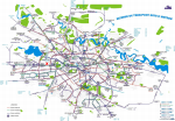
|
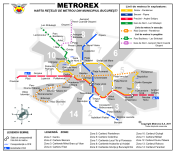
|
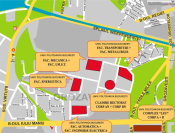
|
Click on the above maps for a more detailed view
Useful links
- Bucharest Weather
- Public Transport Map (pdf file 630Kb)

- An interactive map of Bucharest
- Another interactive map
- Other Bucharest Maps
- Map of Bucharest Subway Systems. The nearest station to the UPB is
called Politehnica (on the M3 line) - Bucharest Attractions
- Introduction to Bucharest
- Bucharest Overview
- Bucharest Travel Guide
Check back for further updates here: 

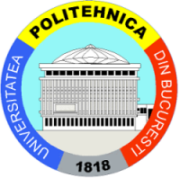
 Bucharest is the capital municipality, cultural, industrial, and financial centre of Romania. It is the largest city in Romania, located in the southeast of the country and lies on the banks of the Dâmbovița River.
Bucharest is the capital municipality, cultural, industrial, and financial centre of Romania. It is the largest city in Romania, located in the southeast of the country and lies on the banks of the Dâmbovița River.
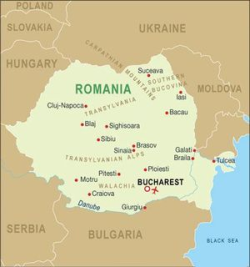
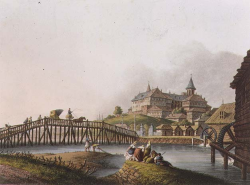
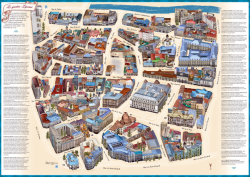
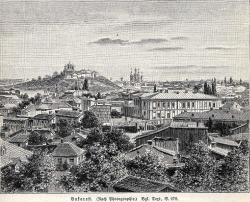
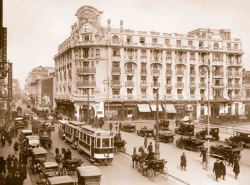
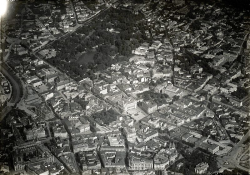
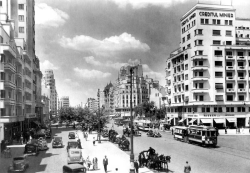
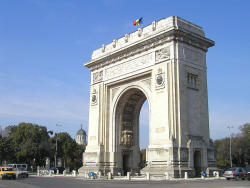
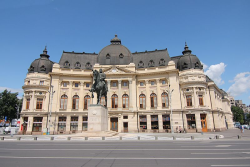
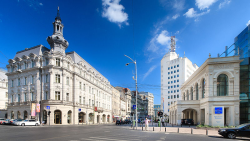
 Tel: (+40)21-4030000
Tel: (+40)21-4030000 Fax: (+40)21/4030001
Fax: (+40)21/4030001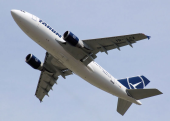
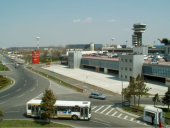
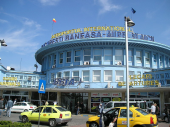
.png)
